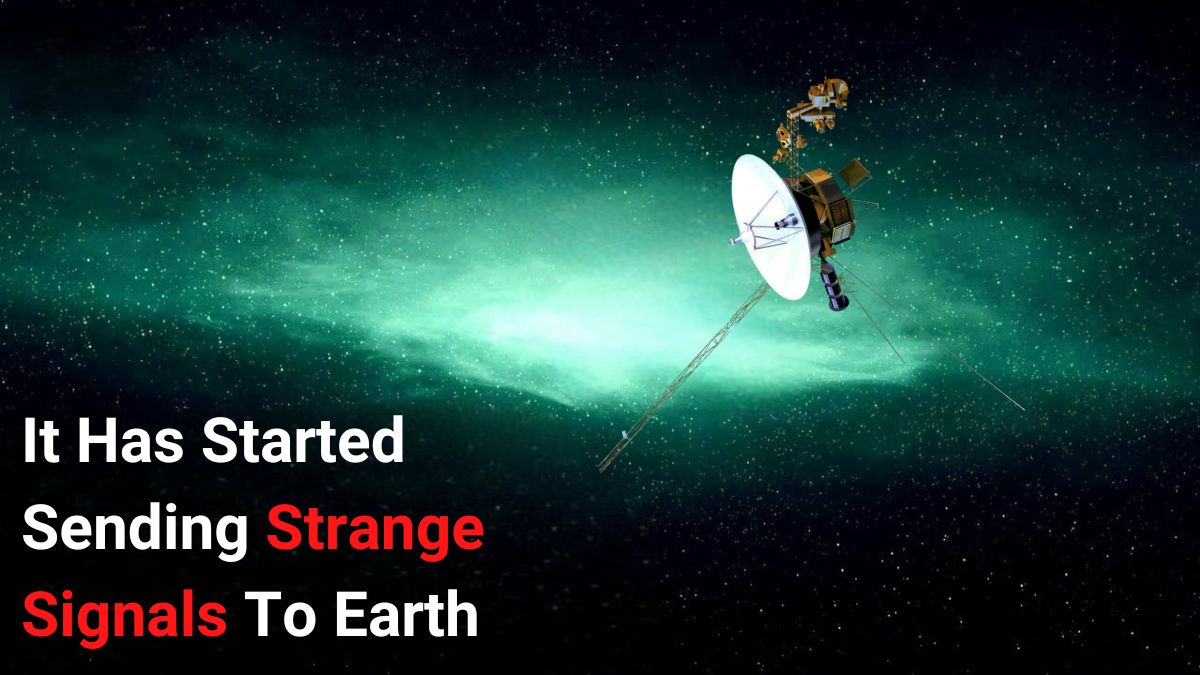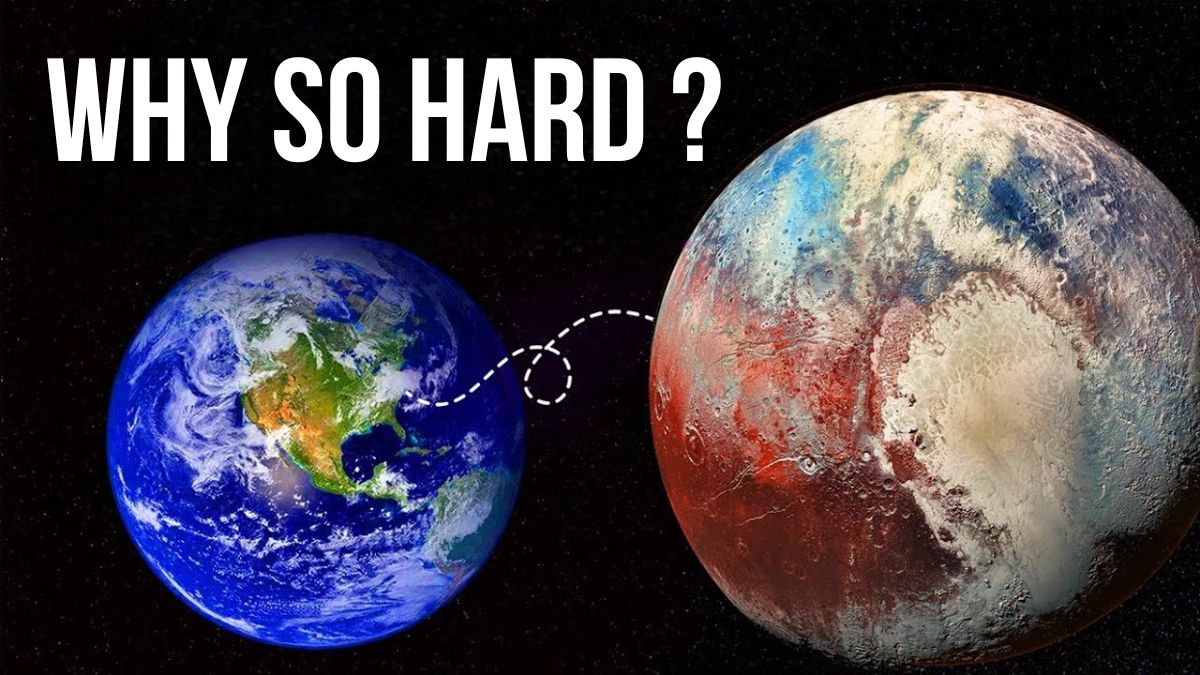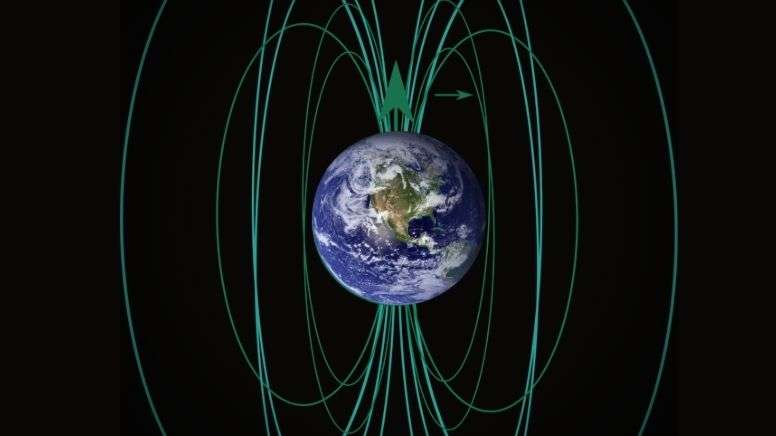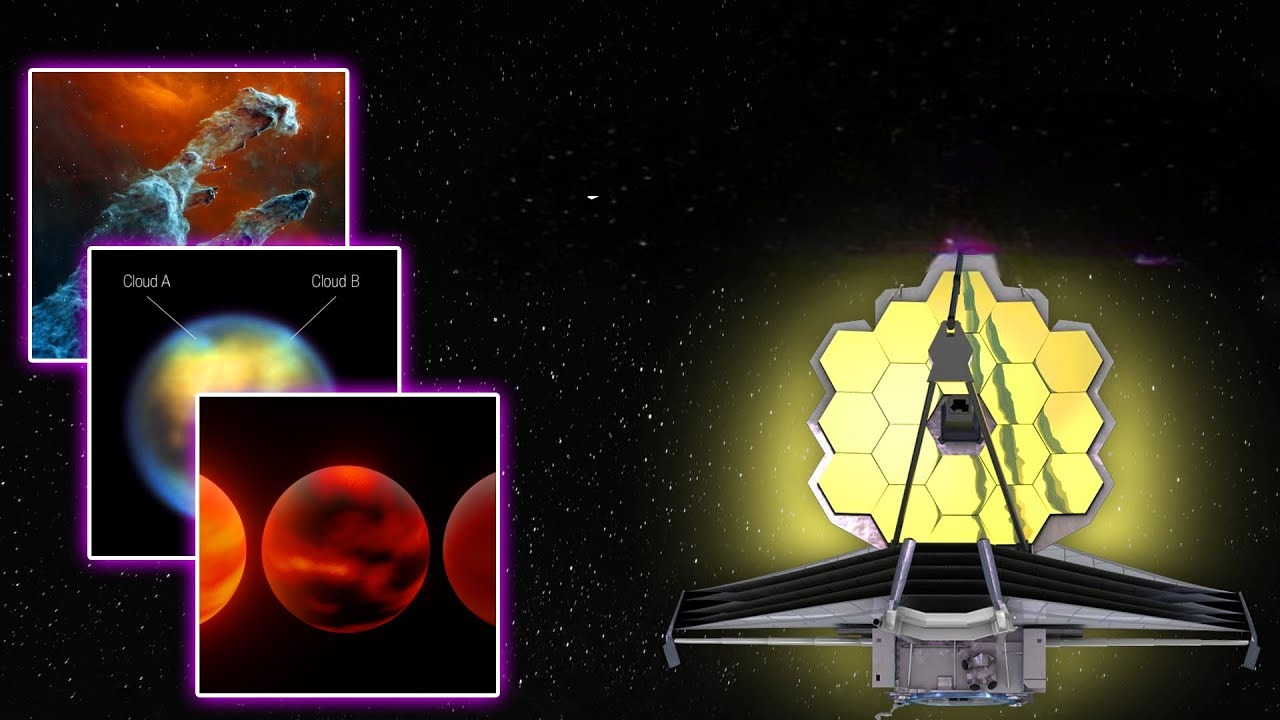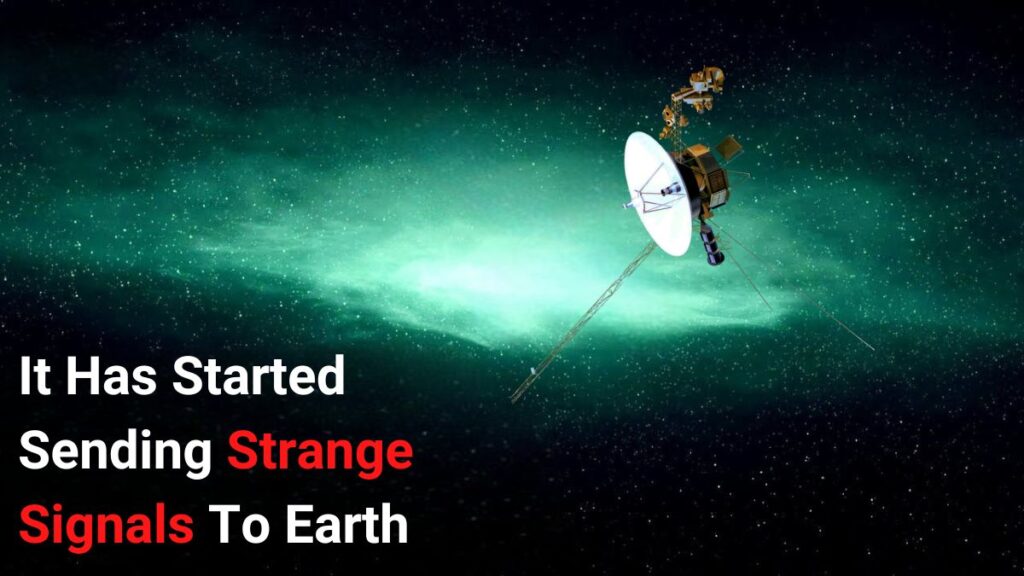
NASA’s Voyager 1 is transmitting mysterious data from beyond our solar system.
Scientists and engineers have been baffled by the nonsensical signals.
45 years ago, Voyager 1 was launched to conduct flyby missions to investigate the outer planets.
After the flyby missions, it proceeded on and entered interstellar space in 2012.
Voyager 1 is currently the farthest thing made by humans in space.
It’s 23.1 billion km (14.4 billion miles) away from Earth, and even signals require 21.5 hours to arrive.
NASA reported a problem with Voyager 1’s AACS system’s readouts.
Voyager 1 is unsure where it is in space because the readings do not appear to match the spacecraft’s movements and orientation.
Because it keeps Voyager’s antenna pointing at Earth, the AACS is necessary for the spacecraft to transmit NASA data about the interstellar environment around it.
According to NASA engineers, AACS sends data that is generated at random and does not reflect what is happening on board.
However, the antenna on Voyager 1 is perfectly aligned.
It is sending data back to Earth as well as receives and carrying out commands from NASA.
The distant probe has not entered safe mode as a result of the AACS issue.
Voyager 2, according to NASA, is functioning normally at 19.4 billion kilometers (12.1 billion miles).
In order to resolve this issue, the engineering team will have to overcome some obstacles.
Voyager 1 is in an area with high radiation levels where no other spacecraft has gone before.
In addition, it takes light 21 hours and 34 minutes to reach the interstellar location that Voyager is currently in.
Thus, it takes two days to send a message back and forth between the space agency and Voyager.
It’s possible that the team will just adjust to the situation if they can’t pinpoint the problem’s origin.
Alternatively, if they are able to locate it, they may be able to resolve the issue by modifying the software, or they may also rely on a redundant hardware system.
In order for Voyager to last as long as possible, backup systems were already in place.
The thrusters that the probe used for its first encounters with planets in the 1970s were fired in 2017 by the probe.
And even after 37 years of being unused, they continued to function.
The Voyager spacecraft’s lifespan has already exceeded expectations.
The mission is expected to continue until about 2025, assuming everything goes according to plan.
When its thermoelectric generators (RTGs) no longer provide sufficient electric power for its scientific instruments to function.
By 2036, they will be out of the Deep Space Network’s reach, forever sinking into a sea of silence.
Explore:

